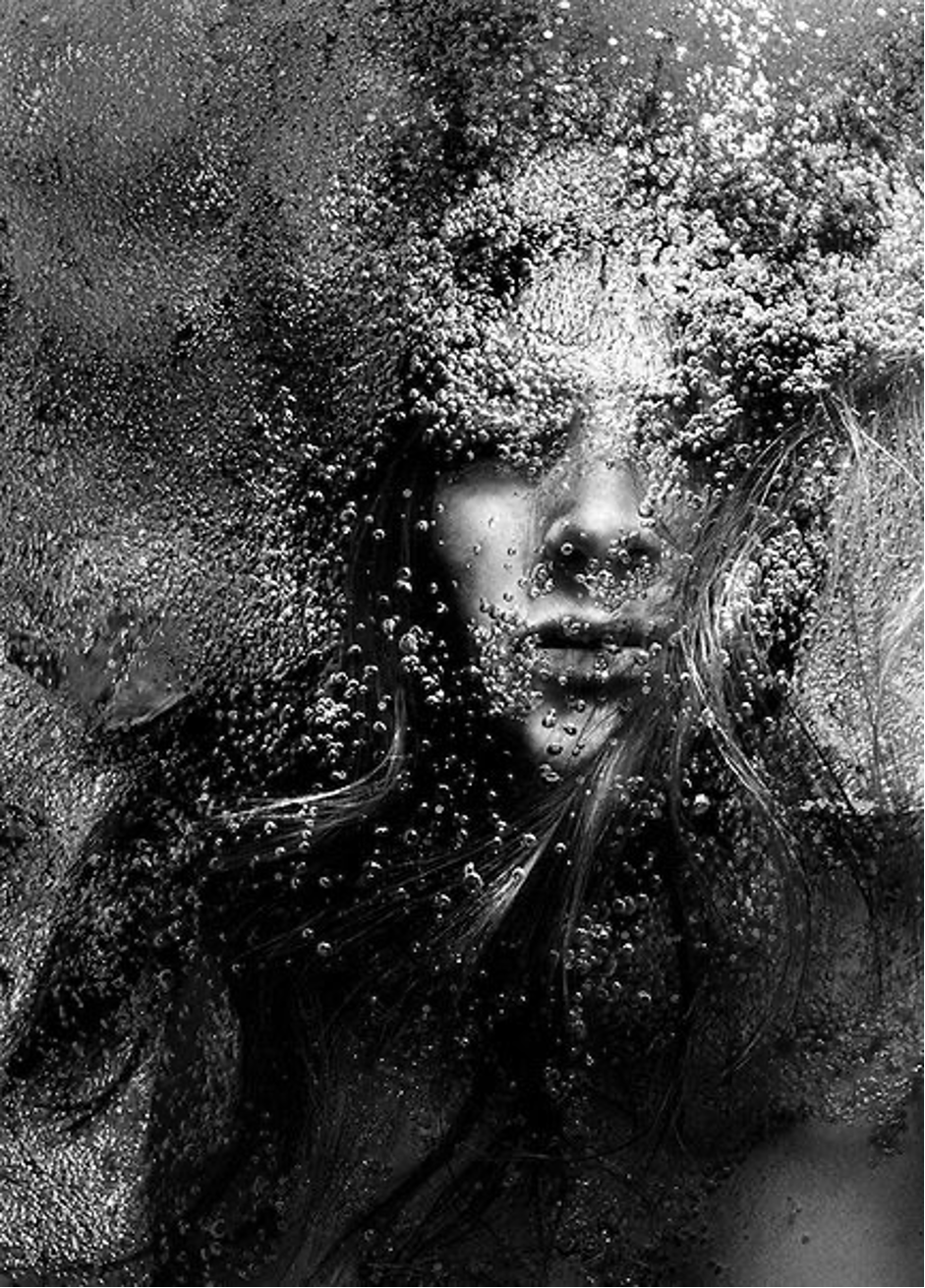The Mirror / Museum of the Anthropocene
- Alex Stone
- Nov 21, 2020
- 2 min read
Updated: Jun 21, 2021

The Mirror. An object so infused in meaning yet always taken at face value. A reflection of the present yet forged in the past and a stepping stone to the future. Is this the Mirrorocene?
Go now and take a minute to look properly into a mirror.
What do you see?
Do you see yourself?
The mirror is a test. A test of seeing the self but also of recognising being. I am what I see. Only elephants, apes and magpies pass this test alongside us. ‘Us’? We all own a reflection and yet we are not all equal. We watch our own climate change through the mirrors of media but who's looking? A mirror in the Anthropocene poses a new kind of test.
Do you see God?
The Bible states we are a self-portrait of God. Does that make us Gods? The first people to own mirrors believed so. For much of human history a slab of polished metal or a pool of water is all we had. The Columbian exchange, which kick-started modern-day globalisation, gave new light to the production of manmade mirrors. Through the exchange of techniques in glass-blowing among Europe and materials such as gold and silver arriving from the Americas, the mirror became an object of power. The power of the mirror is in reality the power of the reflection. “Man has been interested in his own image since prehistoric times” writes Melchior-Bonnet, and this is reflected in the old story of Narcissus; a man who got consumed by his own reflection in a spring of water.
Nowadays we look at our reflections constantly, this modern narcissism is the driving force of the Anthropocene. Where would consumer culture be without the mirror? The mirror is the tragedy of the commons.
Do you see nature?
The great American naturalist Thoreau once said “I am nature looking into nature.” But our lives are so clouded by culture in the present day that all we see when we look in the mirror are technofossils that we wear on our skin as clothes or jewellery. Others see scars of oppression or destruction, marked by the gritty boot of colonialism. The mirror is particularly ambiguous for women and will always be the privileged and vulnerable province of femininity. A sanctuary and a prison. The mirror is hope. An object of resistance, a tool of the oppressed. Environmental justice movements are a reflection of local attitudes toward global-narratives and are growing in strength. An Anthropocene of hope?
What can you not see?
Mirrors have in the last century allowed us to see what we could not before. Microscopes and telescopes have unearthed the microscopic to the otherworldly and cameras have captured memories of a species with amnesia. Mirrors have accelerated human knowledge to the point where we now understand the full impact of our footprint on the planet and ourselves.
Do you see fate or hope when you look in the mirror?
The mirror is a test.
Written by Alex Stone, this short non-fiction monologue explores the mirror as if it were displayed in a museum. Investigating its purpose and symbolism across our planet's most recent geologic time period, that of human influence, the Anthropocene.






Comments